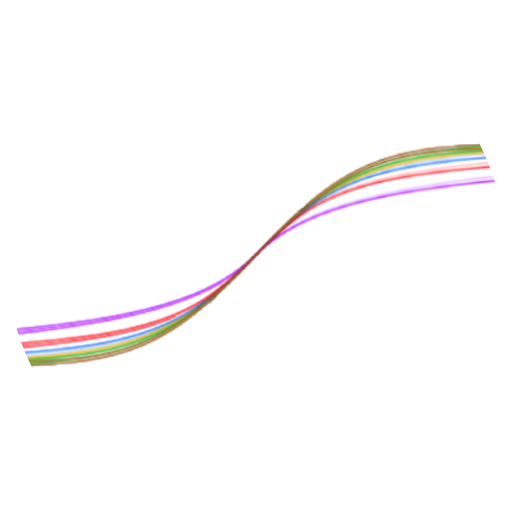I have thousands of side-by-side translations for two computer languages (lower level to higher level), and I would like to train a model that is able to do translations on new data with higher accuracy.
Got any suggestions on what to do? I don’t think I want to fine tune a ChatGPT-style model since I think the task is more structured than that. Also, I consider myself technically competent but probably would fail at designing my own model and pipeline.


Thanks, the quickstart guide was straightforward to follow. Do you have any suggestions on how to do word splitting with code, if any? For example, on a test run, I found that the model was not able to synthesize unique constants correctly even though this test run consisted only of obvious “a to b” relationships.
If you’re working with a well known language, then you can probably use NLTK to tokenize your words. Word2vec is also helpful if you want a word embedding approach. https://github.com/nltk/nltk
Thanks for the tips. After doing a bunch of searching, I found that what I needed was BPE, or byte-pair encoding. This allows the token set to contain sub-word sequences, which lets the tokenizer represent a unique constant like
0x0373as['__sow', '0x', '03', '73', '__eow'].